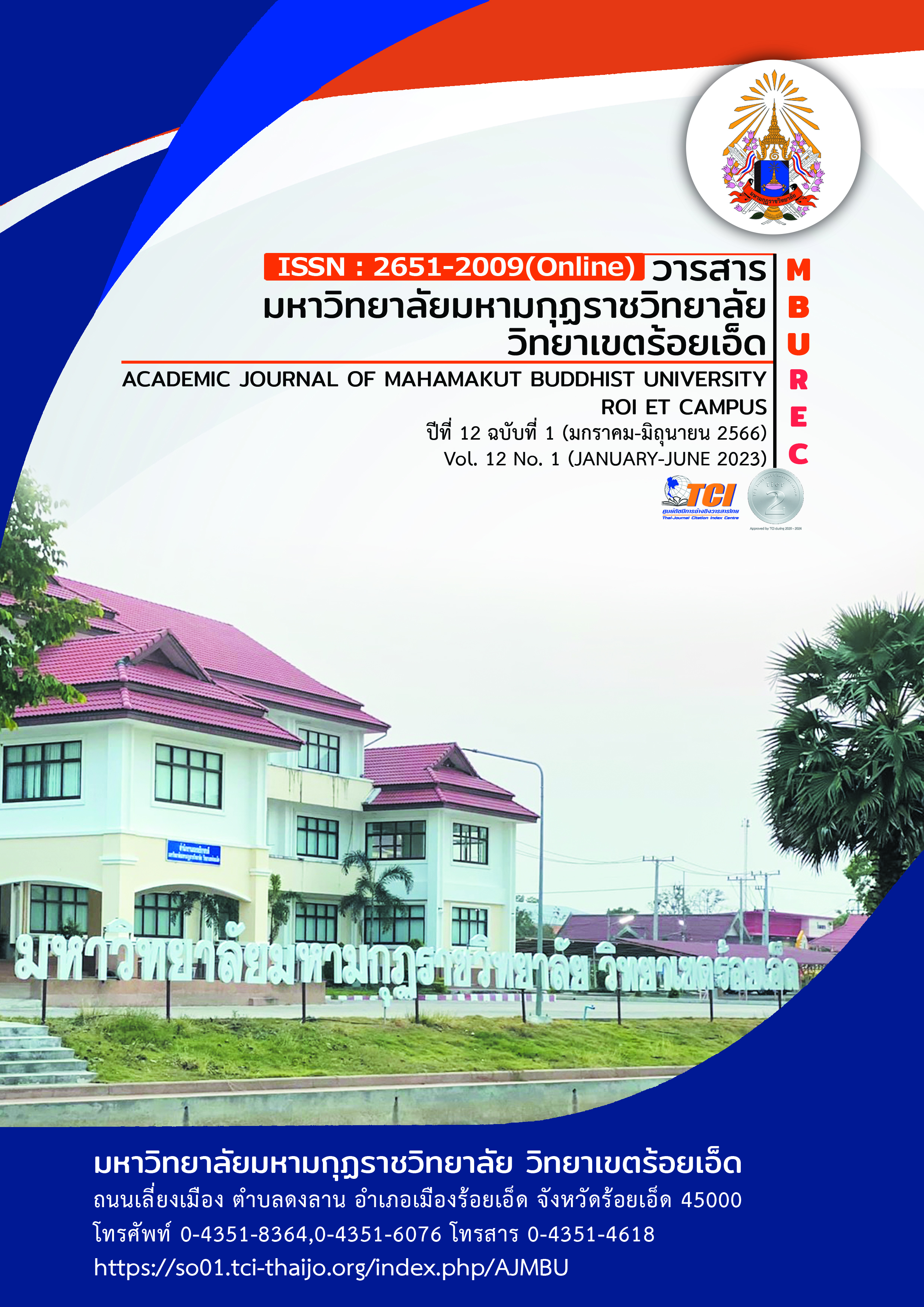SOCIAL MEDIA USAGE AMONG OLDER ADULTS: THE CASE OF KHON KAEN UNIVERSITY SENIOR CITIZEN GROUP
Main Article Content
Abstract
The purpose of this research was to study the behavior and analysis of the credibility of information on social media among older adults. The researcher semployed a phenomenological research methodology and collected data via in-depth interviews of 12 key informants in the KhonKaen University Senior Citizen Group, recruited using the snowball sampling technique.Interview data were analyzed using the thematic analysis technique.
Findings reveal three main points as follows. Firstly, the older adults have been more adapted to the use of technology after using social media. Secondly, the older adults havefive methods of analyzing the credibility of information on social media: 1) examining the source; 2) examining the content; 3) using prior experience; 4) comparing multiple sources; and 5) conducting own experiments based on the data obtained. Thirdly, the older adults have both positive and negative views of social media. The positive view is that social media has increased their knowledge and has made communication more comfortable. The negative view is that the use of social media causes addiction to media use. The results of this study can be used as a guideline to improve and develop social media to support the behavior of the elderly.
Article Details

This work is licensed under a Creative Commons Attribution-NonCommercial-NoDerivatives 4.0 International License.
References
บริษัทฟาร์ทริลเลียน. (2561). สุขภาพจิตของผู้สูงอายุเรื่องที่ไม่ควรมองข้าม. สืบค้นเมื่อ 26 ตุลาคม 2562. จาก https://phartrillion.com/elderly-mental-health/
ปิยวัฒน์ เกตุวงศา และศุทธิดา ชวนวัน. (2558). ใครเป็นใครบนเครือข่ายสังคมออนไลน์: ความหลากหลายทางคุณลักษณะและพฤติกรรม. ใน อารี จำปากลาย, ปัทมา ว่าพัฒนวงศ์, และกาญจนา ตังชลทิพย์ (บรรณาธิการ),ประชากรและสังคม 2558: ความหลากหลายทางประชากรและสังคมในประเทศไทย ณ ปี 2558. นครปฐม : สถาบันวิจัยประชากรและสังคม มหาวิทยาลัยมหิดล.
มนัสสินี บุญมีศรีสง่า และมินตรา สนชื่น. (2560). รูปแบบการใช้สื่อโซเชียลมีเดียของผู้สูงอายุในสังคมไทย กรณีศึกษาเขตกรุงเทพมหานคร. การประชุมวิชาการมหาวิทยาลัยเทคโนโลยีราชมงคลครั้งที่ 9 ราชมงคลสร้างสรรค์กับนวัตกรรมที่ยั่งยืนสู่ประเทศไทย 4.0. มหาวิทยาลัยเทคโนโลยีราชมงคลรัตนโกสินทร์. 7-9 สิงหาคม 2560. 515-526.
มูลนิธิหัวใจแห่งประเทศไทยในพระบรมราชูปถัมภ์. (2560). ยิ่งสูง(วัย)ยิ่งเหงา. สืบค้นเมื่อ 25 ตุลาคม 2562. จาก http://www.thaiheartfound.org/category/details/mood/ 289
วิศปัตย์ ชัยช่วย. (2560). การใช้ LINE ของผู้สูงอายุ: การศึกษาเชิงปรากฏการณ์วิทยา. Veridian E-Journal, Silpakorn University. 10(1). 905-918.
สุวิช ถิรโคตร และวีรพงษ์ พลนิกรกิจ. (2560). พฤติกรรมการใช้และการรู้เท่าทันอินเทอร์เน็ตและทัศนคติการใช้เนื้อหาด้านสุขภาวะบนอินเทอร์เน็ตของผู้สูงอายุ. วารสารการพยาบาลและการดูแลสุขภาพ. 4(36). 72-80.


